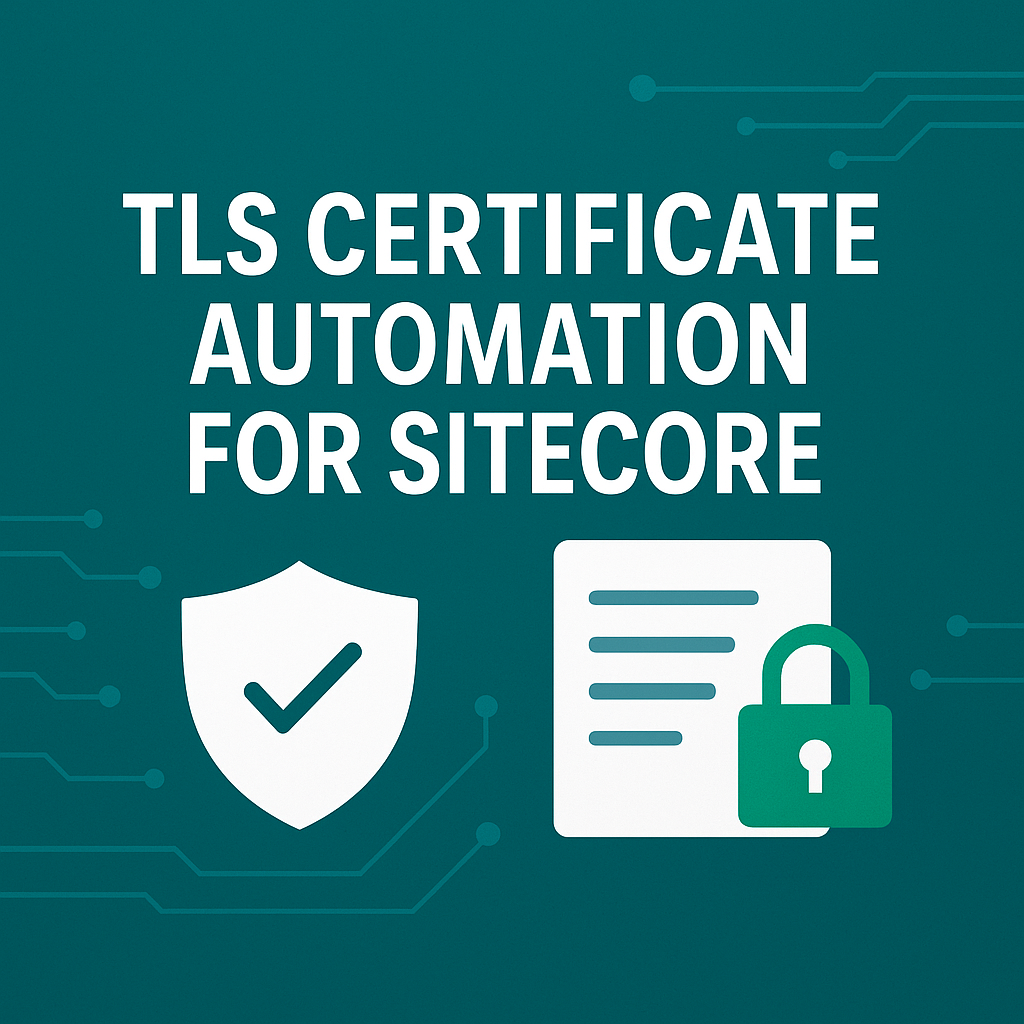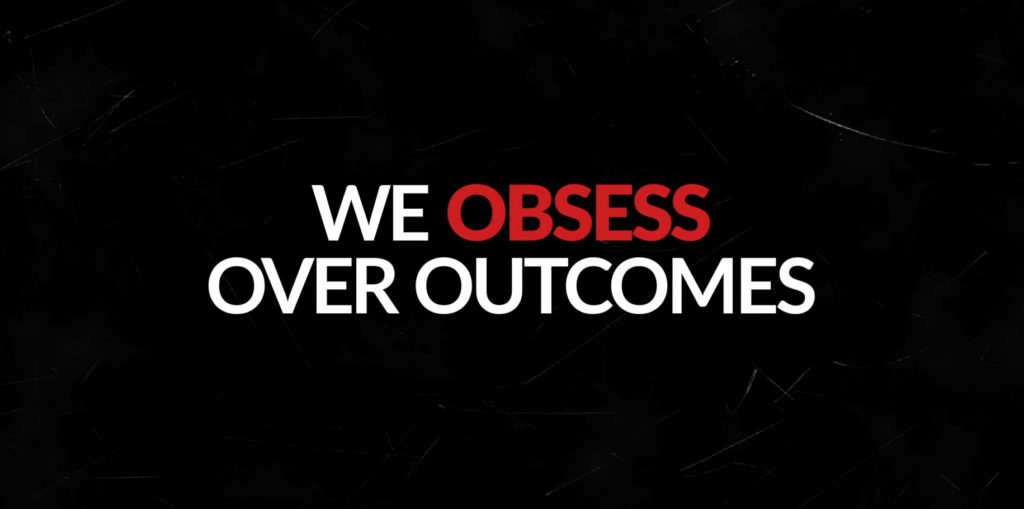In this Blog, we look at Power BI vs. Tableau, exploring their similarities and differences and their pros and cons. After reading, you should know which is right for your needs.
Power BI vs. Tableau – Similarities
Let’s take a look at some of the ways Tableau and Power BI are similar:
They’re Extremely Popular
According to data from Gartner, Power BI and Tableau are the first- and second-most popular business intelligence tools on the market. With an average 4.4-star rating from over 2500 reviews, Power BI slightly outranks Tableau, which has 4.3 stars out of 5 from over 2900 ratings.
They Produce a Variety of Different Visualizations
Both Tableau and Power BI can help you showcase your data in various ways. You have options for visualizations, including bar and line charts, tree maps, and geographical maps. On both platforms, you can interact with these visualizations by hovering over them to get more information and applying filters. You can also combine them to create interactive dashboards.
They can Connect to a Variety of Data Sources
Visualizing your data is one thing, but having an array of inputs is important. After all, businesses tend to gather data from multiple channels. Comparing Tableau and Power BI shows that both can connect to various sources. These include MS Excel, CSV, and JSON, and the paid version of both platforms gives you access to 50+ additional data connectors such as Google Big Query, Amazon Redshift, and Salesforce.
They’re both code-free and user-friendly.
Part of the appeal of using business intelligence tools is that everything you need is at your fingertips. Tableau and Power BI are ideal tools to learn if you are new to data analytics.
Power BI vs. Tableau – Differences
When comparing, Tableau and Power BI, there are a few points of difference that you should consider, and if you are thinking about using them within your business or in your career, these can make the choice easier.
Power BI only works on Microsoft Windows
This can make the choice of the two platforms a whole lot easier. If you will mostly be using a Mac for your work, Tableau would be the better choice, as you can’t use Power BI on a Mac.
Certifications
Tableau offers a wider range of options designed for specific professions. You can find out more about these on the Tableau website, but essentially, there are associate, specialist, and analyst levels.
Power BI has one certification covering all the platform’s main functionalities. There is the PL-300: Microsoft Power BI Data Analyst exam, which cost $165.
Another key difference between certifications is that while Power BI offers its exam in multiple languages, Tableau currently only offers its Certified Professional Exam in English. The Tableau Associate exam is available in multiple languages.
Ease of integration
As Microsoft developed Power BI, it will be easier to integrate into your workspace if you use Office software. Likewise, Tableau was recently acquired by Salesforce, so they are worth considering thanks to their native integration. However, both are capable of connecting to tools like Excel and Salesforce, so this is more of a question of which would run more smoothly for your setup.
Programming languages
When it comes to using each with different programming languages, there are further differences:
Power BI: You can use the Data Analysis Expression and M language in Power BI for data manipulation and modeling. You can also use Microsoft revolution analytics to connect the R programming language.
Tableau: You’ll find more choice and flexibility with Tableau. As well as easier integration with R, you can implement the Tableau Software Development Kit with Python, Java, C, and C++.
Tableau vs. Power BI – Price
It’s worth looking in more detail at the prices of these two business intelligence tools, as this is where perhaps the most differences exist between Power BI and Tableau.
Power BI
Power BI Desktop – Free: This gives you individual access to Power BI on your own desktop. It’s suitable for home users but not so much for businesses.
Power BI Pro – $13.70 per user/month: Although this is included for free with Microsoft 365 E5, for those without, this fee gives you a single license to their self-service analytics, allowing you to visualize data with live dashboards and reports, and share insights across your organization.
Power BI Premium – $27.50 per user/month: For those at the enterprise level, this fee gives you their big data analytics tools and simplified data management.
$6,858.10 per capacity/month: For entire organizations, this option gives you the same access but on a broader scale.
Tableau
Tableau Public – Free: This one is for at-home users and can be used to create visualizations connected to Excel, CSV, and JSON files. All visualizations will be publicly viewable.
Tableau Creator – $70 per month/user: This option is for individuals and team members, providing access to Tableau Desktop, Tableau Prep Builder, and one Creator license for Tableau Server or Tableau Cloud. This gives you the visualization and analytics tools you need.
Tableau Explorer – $40 per month/user: This option allows you to explore data with self-serve analytics. It comes with one Tableau Cloud explorer license.
Tableau Viewer – $15 per month/user: With this option, you can only view existing Tableau dashboards and visualizations. It comes with one Tableau Cloud view license.
Tableau vs. Power BI – Performance
Power BI and Tableau are both built to handle large amounts of data. Both tools have various storage and connection types. Some are built to handle large amounts of data, while others are built to ensure real-time dashboard updates.
However, Tableau tends to perform better than Power BI when it comes to significantly large data sets. Power BI is faster when data sets are more limited. Again, it depends on what you will use the tools for and which is most suitable for you.
Power BI vs. Tableau – User Interface
There is very little to separate these two when it comes to the UI and UX, only personal preference. Both are designed to be intuitive and easy to use, giving users the chance to explore their data in a way that feels familiar. You’ll be able to pick up either with similar levels of ease.
Conclusion:
Both tools have their own audience, but it depends solely on the requirements of the client.
Power BI is generally more used as it’s fast & less costly, but when it comes to huge data, Tableau gets the edge, But tableau comes with extra costing. So it all depends on clients and project requirements. Thank you for reading.





Leave A Comment